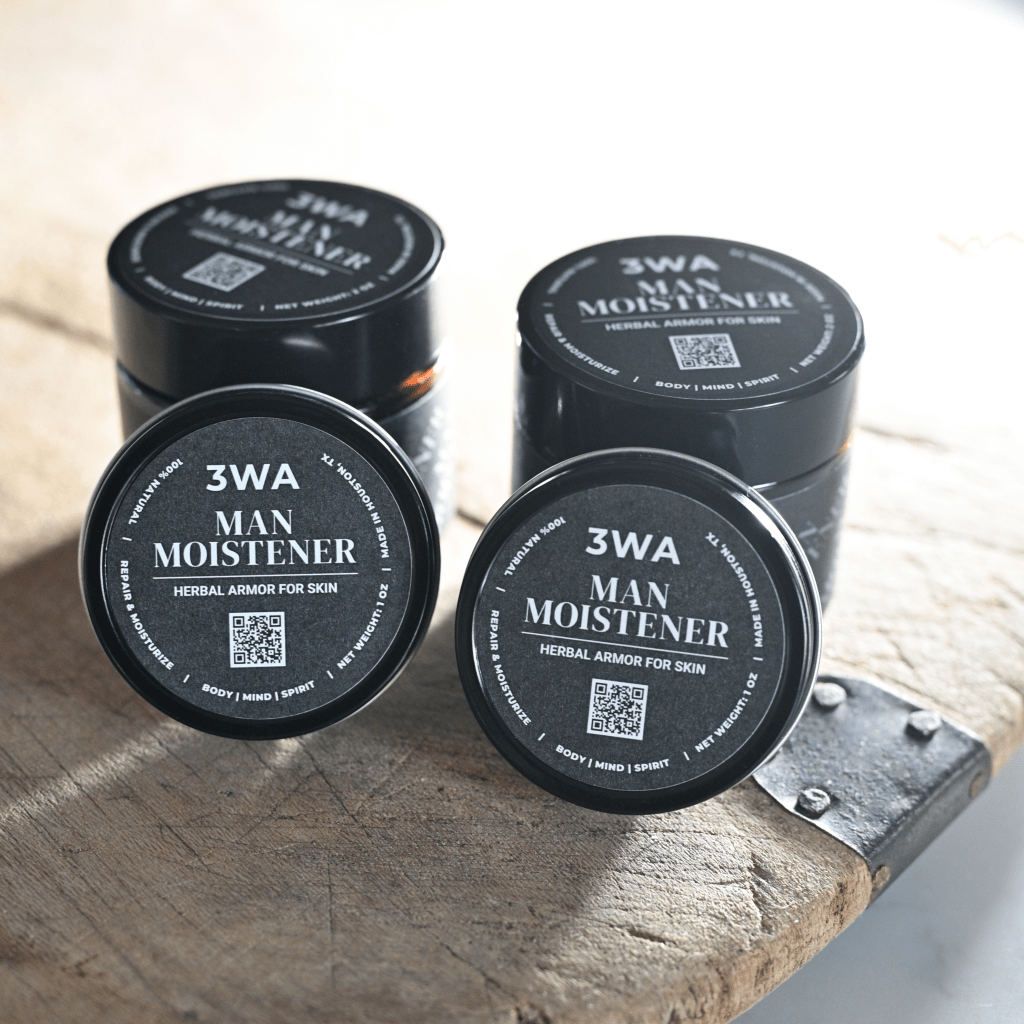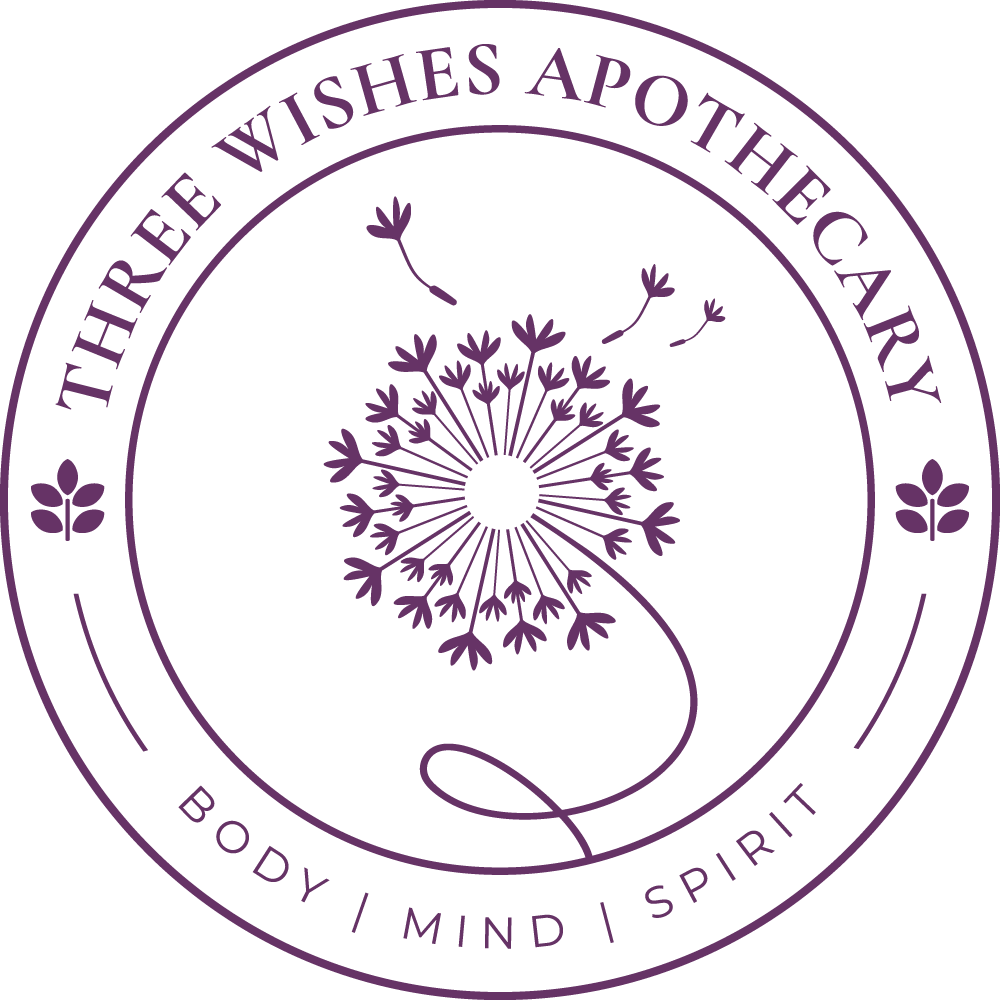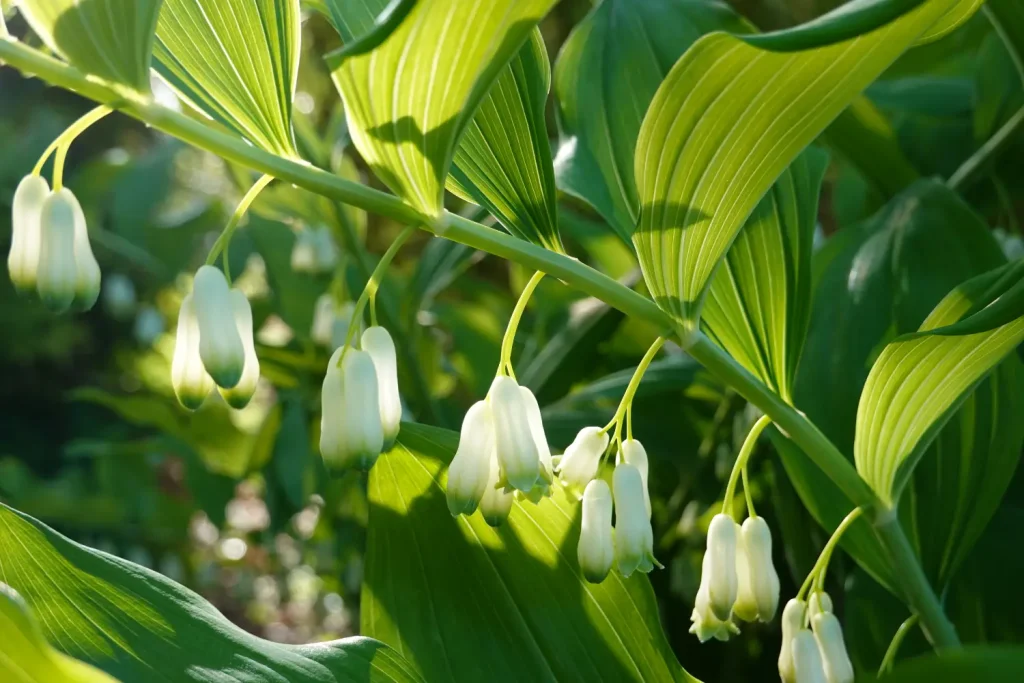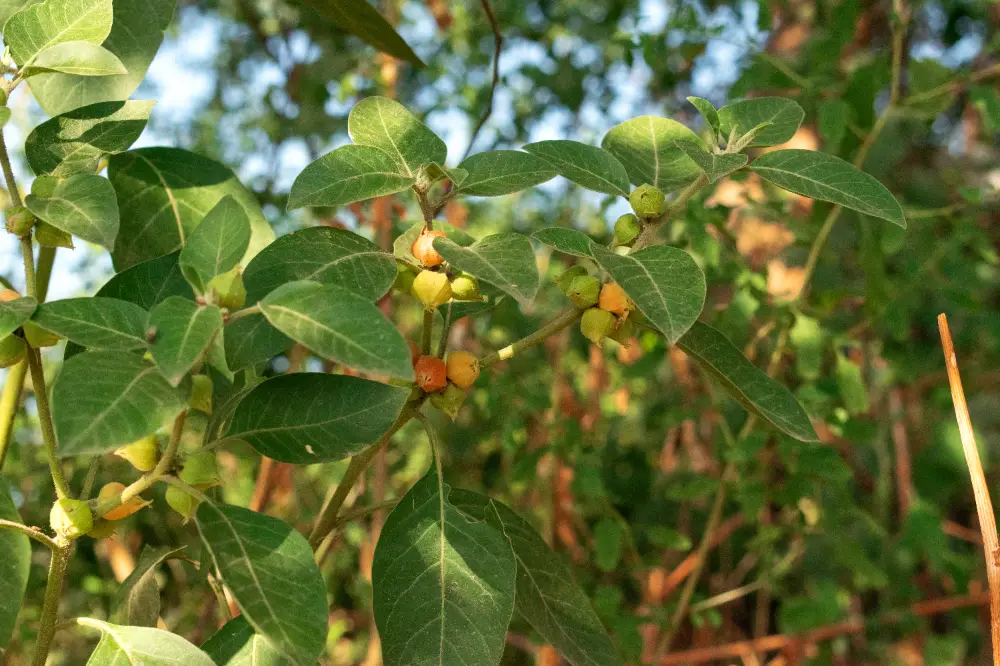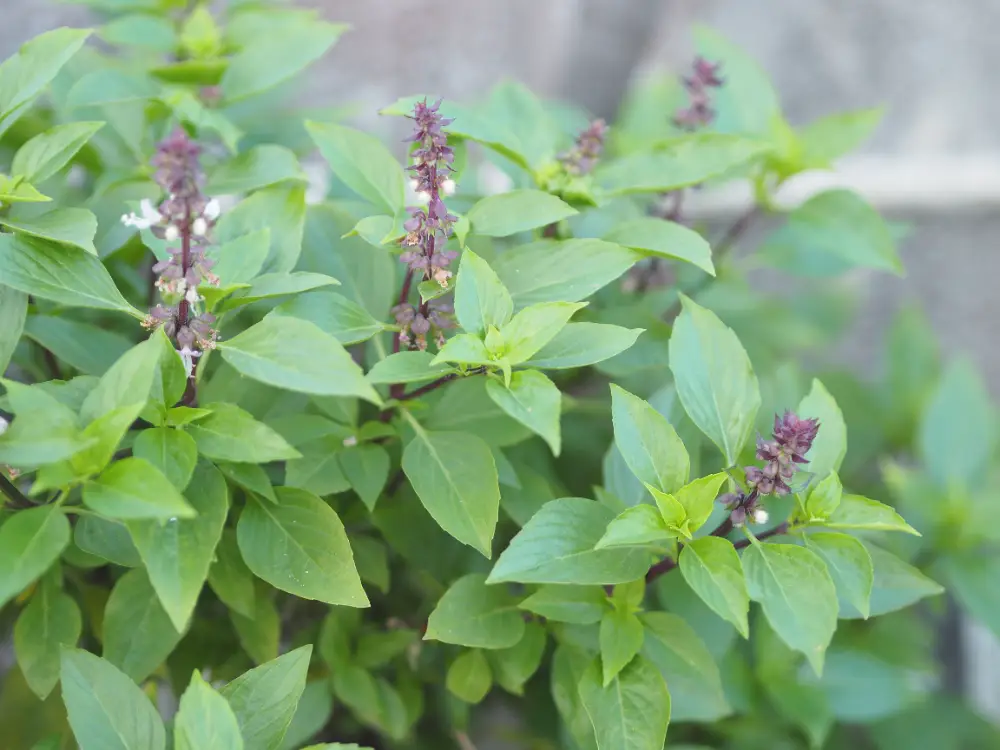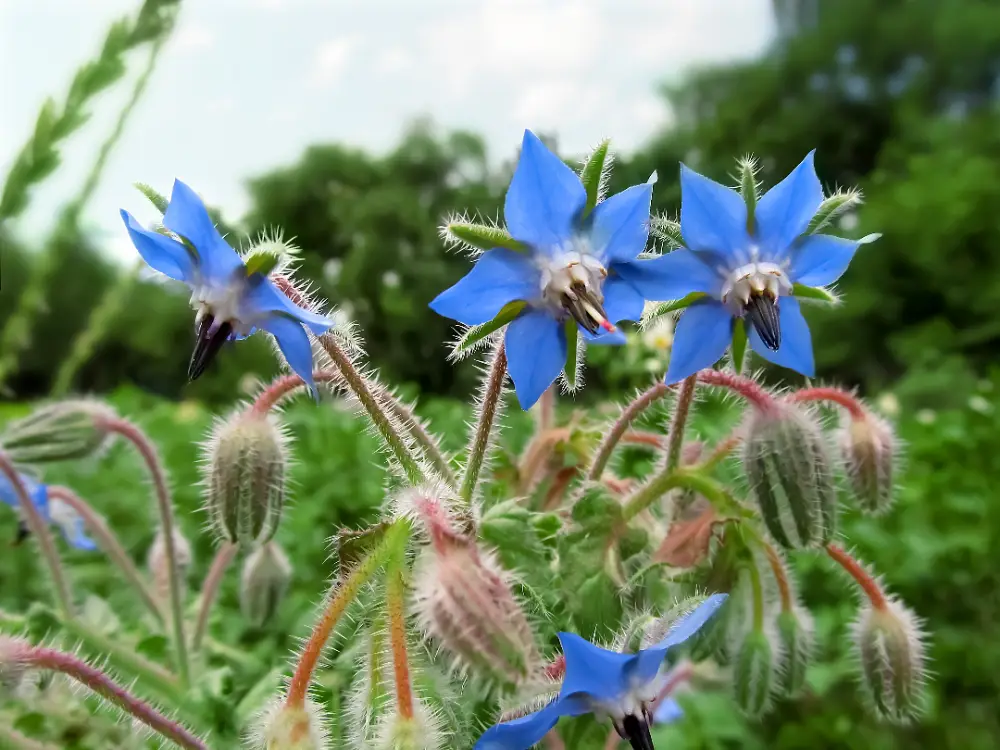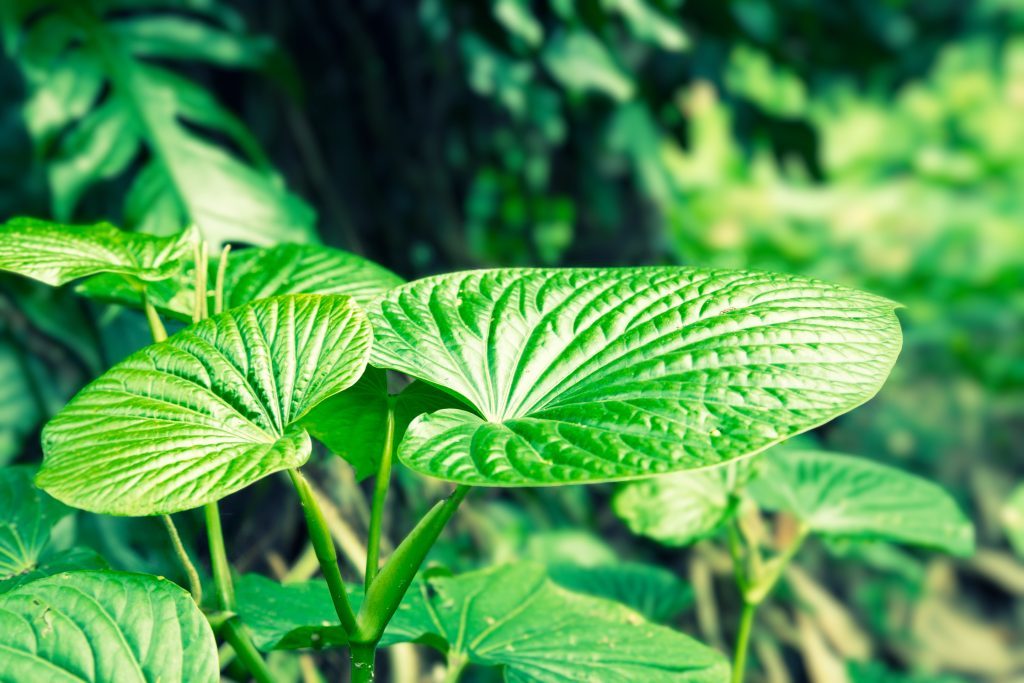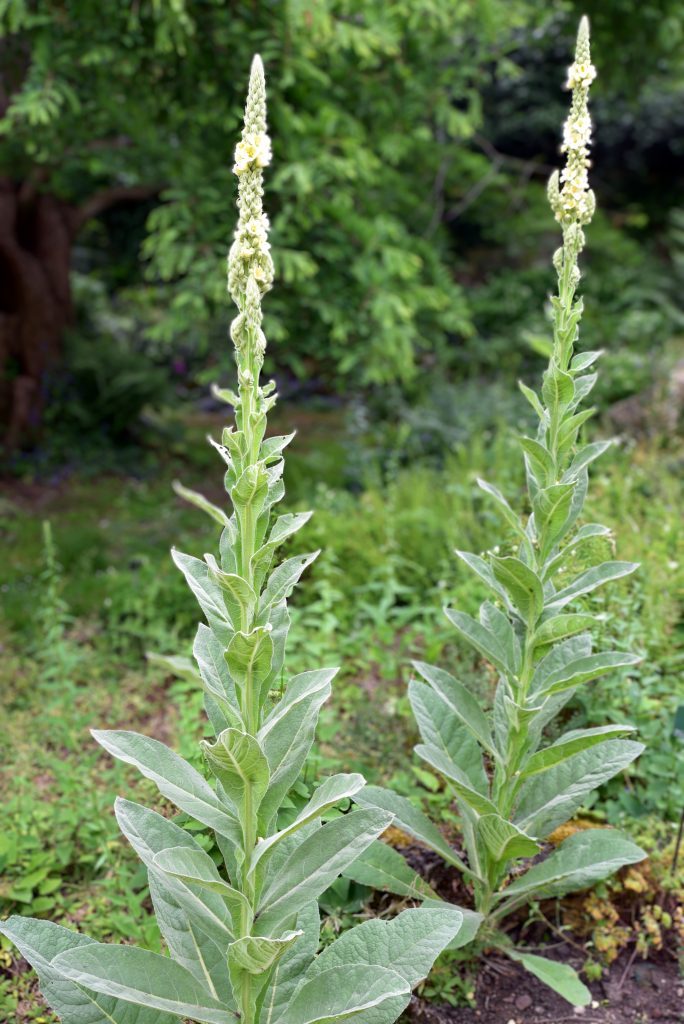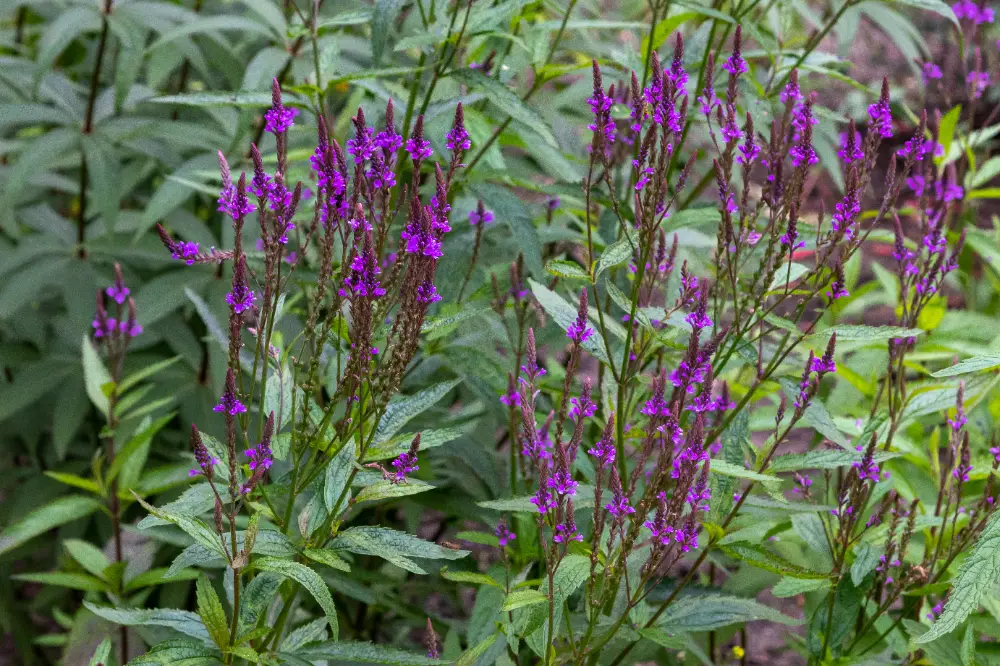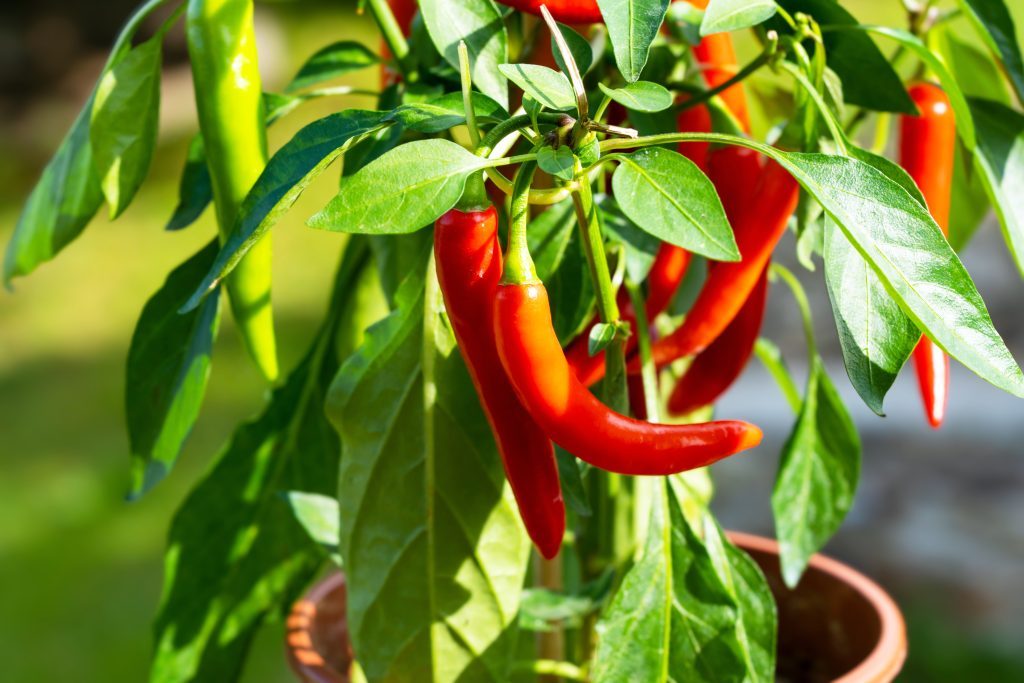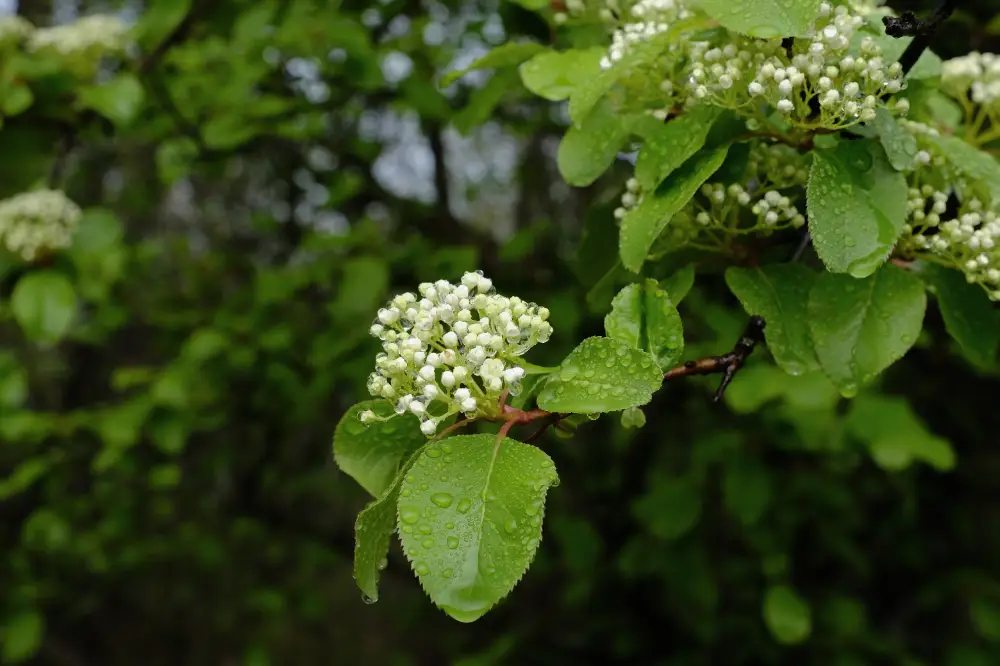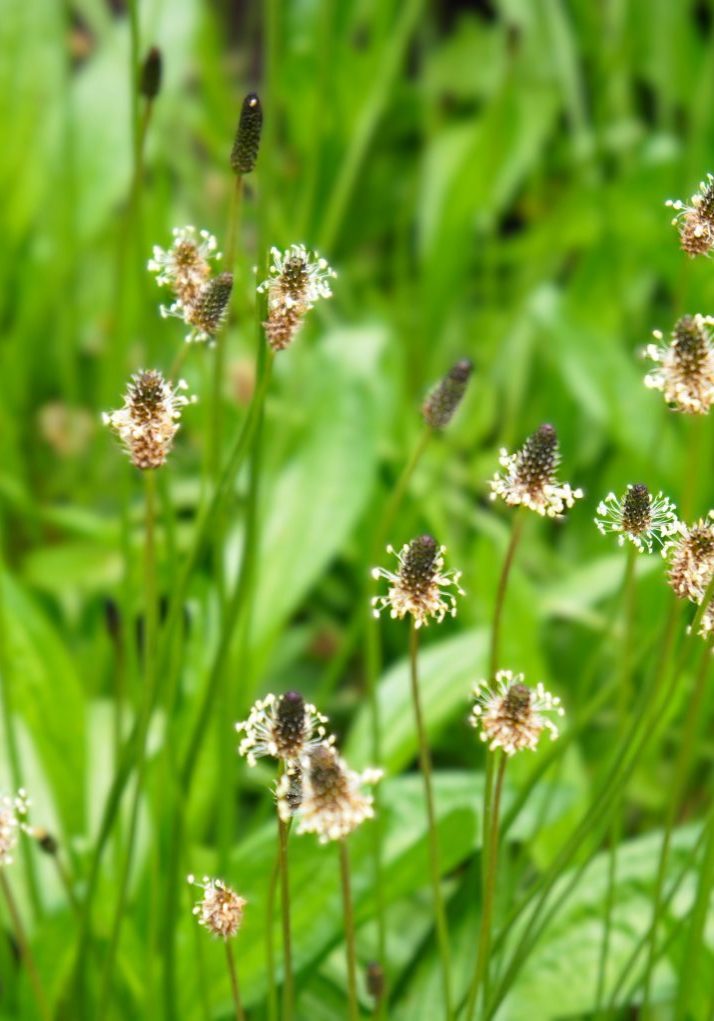
Plantain
Plantago lanceolata/ major
Plantaginaceae (Plantain Family)
Nature’s Wound-Healing Remedy for Soothing Skin, Reducing Inflammation, and Supporting Tissue Repair
Other names:
Broadleaf Plantain, Ribwort Plantain, Waybread, Soldier’s Herb, Snake Weed.
Superpower
A remarkable ability to heal wounds, soothe inflammation, and protect against infection makes it a go-to herb for skin ailments. Its powerful astringent and antibacterial properties help stop bleeding, accelerate healing, and ease pain, earning it a reputation as nature’s bandage.
Uses
Plantago major and Plantago lanceolata have long been valued by European and Native American healers for their remarkable wound-healing, anti-inflammatory, and digestive properties. For centuries, plantain was applied to wounds, insect bites, and burns, helping to stop bleeding, reduce swelling, and prevent infection. It was also used to soothe the digestive tract, providing relief for ulcers, gastritis, and diarrhea, as well as to support respiratory health by clearing mucus and easing coughs.
Current Uses:
-
- Wound Care: Modern herbalists continue to use plantain for its exceptional wound-healing abilities. Found in salves and sprays, it is applied to minor cuts, scrapes, and bruises to speed healing and reduce pain.
- Anti-inflammatory and Antimicrobial: Plantain remains a go-to remedy for calming skin irritations like bug bites, rashes, and sunburn. Its anti-inflammatory and antimicrobial effects make it valuable for both topical and internal use in addressing a wide range of skin conditions.
- Digestive Aid: Plantain’s mucilaginous properties are still prized today for their ability to soothe and protect the digestive tract. It is commonly used to treat conditions such as acid reflux, irritable bowel syndrome, and inflammatory bowel conditions.
- Respiratory Health: Plantain is widely used in herbal teas and syrups to help clear mucus and ease respiratory conditions like bronchitis, colds, and coughs, continuing the legacy of its traditional use for lung health.
Cautions
Use in Infants and Children:
Plantain is safe for infants and children when used appropriately. It is commonly used in gentle herbal preparations such as teas, syrups, and salves to soothe coughs, skin irritations, and digestive discomfort. Due to its mild and soothing properties, it is a popular choice for teething relief, diaper rash, and minor wounds. When using topically or internally, ensure it is in age-appropriate doses and formulations.
Toxicity:
High doses of plantain can act as a laxative, potentially leading to loose stools in sensitive individuals or when consumed in large amounts.
Contraindications:
None known.
Interactions:
None reported.
Known Chemical Constituents
Mucilage & Polysaccharides: Soothing and moistening for the digestive tract and skin.
Allantoin: Promotes wound healing and tissue regeneration.
Phenylethanoid & Iridoid Glycosides: Acubin, catalpol, acteoside, cistanoside, lavandulifolioside, plantamajoside, soacteoside (anti-inflammatory, antimicrobial, and healing properties).
Phenolic Acids: Chlorogenic acid, caffeic acid, salicylic acid (anti-inflammatory and antioxidant effects).
Flavonoids: Luteolin, apigenin, scutellarin, baicalein (antioxidant, anti-inflammatory).
Alkaloids: Minor amounts contributing to its healing properties.
Saponins: Aid in nutrient absorption and provide anti-inflammatory benefits.
Nutrients: Potassium (K+), silica, zinc, calcium, and vitamin C (supports tissue repair and overall health).
Botanical Description
Habitat: Plantago major and Plantago lanceolata thrive in disturbed soils, roadsides, gardens, and meadows. They are commonly found across temperate regions of the world, including Europe, Asia, and North America.
Leaves: Plantago major has broad, oval-shaped leaves with prominent veins that radiate from the base. Plantago lanceolata features narrow, lance-shaped leaves with parallel ribs, making it easy to distinguish the two species.
Stems: The plants lack true stems; instead, the leaves emerge from a basal rosette near the ground.
Flowers: Small, inconspicuous flowers grow on tall, leafless spikes. Plantago major has rounded flower spikes, while Plantago lanceolata produces slender spikes with small white flowers.
Roots: Both species have fibrous root systems that spread shallowly beneath the surface, helping the plants thrive in compacted soils.
Fun Facts
Plantain was referred to as the “White Man’s Footprint” by Native Americans because it seemed to spring up wherever European settlers traveled, particularly along well-trodden paths and roadsides.
Parts Used
Leaves
Harvest
Timing:
The leaves of plantain are best harvested during the growing season, typically from spring through early fall, when they are tender and green. The seeds can be harvested in late summer to early fall, once they have fully matured, and are used as a natural laxative. Roots can be collected in the autumn after the plant’s energy has shifted downward.
Method:
Use scissors or pruners to carefully cut the leaves, ensuring the plant remains intact. To harvest seeds, gently collect them from the mature seed stalks. For roots, dig carefully around the base of the plant and clean thoroughly before use.
Storage:
After harvesting, dry the leaves and seeds in a cool, shaded, and well-ventilated area. Store dried leaves and seeds in airtight containers away from direct sunlight and moisture. Dried leaves are best used within one year, while seeds can be stored for up to two years.
Preparations
Teas/Infusions: Used to soothe digestive issues, reduce fevers, and support respiratory health. Its mucilaginous properties make it an excellent choice for calming inflammation in the digestive tract.
Tinctures: Commonly used to treat inflammation, especially in the skin, joints, or digestive system. The concentrated form provides a quick-acting remedy for internal or external inflammation.
Poultices: Fresh leaves are crushed and applied directly to wounds, bites, or rashes to promote healing, reduce pain, and prevent infection. Plantain’s astringent properties help stop bleeding and draw out toxins.
Syrups: Prepared as a syrup, plantain is often used to soothe coughs and sore throats, helping to clear mucus and ease respiratory discomfort.
Capsules: Plantain is sometimes taken in capsule form for digestive or urinary health, offering support in reducing inflammation and protecting mucous membranes.
Sacred Rituals
Healing Bath: Add a handful of dried plantain leaves to a warm bath. As you soak, visualize the plantain drawing out any physical or emotional wounds, leaving you renewed. Chant softly: “With each breath, I release what no longer serves me. I am healed and whole.”
Affirmations
“I am grounded, protected, and healed. With each step, I connect to the earth’s strength, and with each breath, I welcome renewal.”
Spiritual Associations
In folk magic, plantain was often carried to ward off harm or placed in a home to bring safety and stability.
Functions
A substance or agent that helps reduce or eliminate excess mucus and inflammation in the respiratory system or mucous membranes.
Anti-inflammatoryA substance or agent that reduces inflammation in the body, soothing irritation, swelling, or redness in tissues.
Anti-microbial
A substance or agent that inhibits the growth of or destroys a broad range of microorganisms, including bacteria, viruses, fungi, and protozoa.
AntispasmodicA substance or agent that helps relieve or prevent involuntary muscle spasms, cramps, or contractions in smooth or skeletal muscles.
AstringentA substance or agent that causes contraction or tightening of tissues, often reducing secretions or bleeding.
Bug Bites Treatment
Substances or agents that soothe irritation, reduce inflammation, and alleviate discomfort caused by insect bites or stings.
Connective tissue tonicConnective tissue tonic (cell proliferant) refers to a substance or agent that supports the repair, regeneration, and strengthening of connective tissues by promoting healthy cell proliferation.
Cough ReliefRefers to interventions or substances that soothe the throat, reduce irritation, and help alleviate coughing, particularly when it becomes excessive or uncomfortable.
DemulcentA substance or agent that soothes and protects irritated or inflamed tissues by forming a protective film over mucous membranes.
DiureticA diuretic is a substance that promotes the increased production and excretion of urine, helping the body eliminate excess fluids and salts through the kidneys.
EmollientA substance or agent that softens, soothes, and moisturizes the skin or mucous membranes, often used to alleviate dryness, irritation, or inflammation.
HemostaticA substance or agent that helps stop bleeding by promoting blood clotting or constricting blood vessels.
LymphaticA lymphatic is a substance that stimulates or supports the flow of lymph, aiding in the removal of waste, toxins, and excess fluids from the body while enhancing immune function.
VulneraryA substance that promotes wound healing, helps repair damaged tissues, and aids in the recovery of cuts, scrapes, burns, or other skin injuries.
Wound HealingThe process by which the body repairs damaged tissue, involving multiple stages like inflammation, tissue formation, and remodeling to restore skin integrity.
